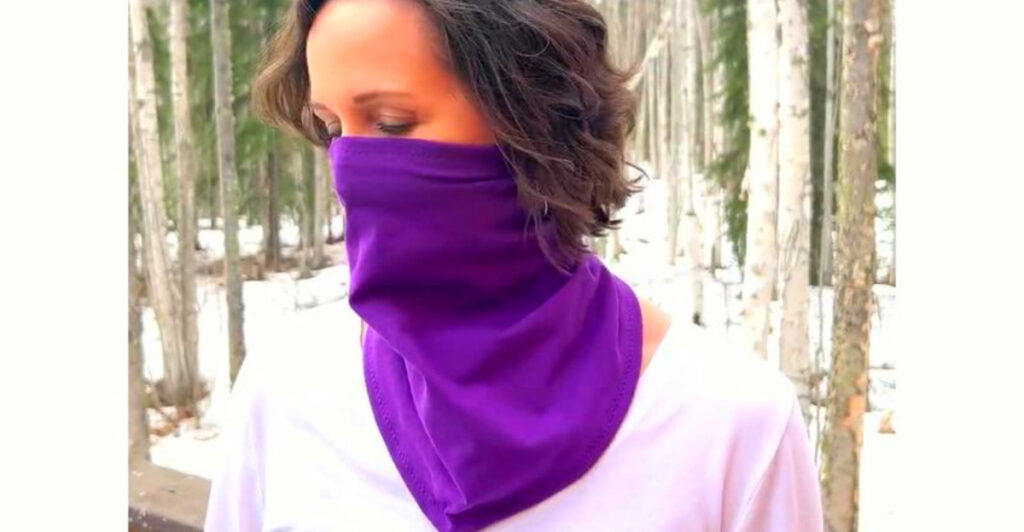Traveling in cold weather can quickly turn miserable without the right clothing strategy. Frigid temperatures, biting winds, and unexpected precipitation demand smart packing choices that balance warmth, weight, and versatility. Whether you’re planning a ski vacation, winter city break, or cold-weather adventure, these twelve proven clothing tips will keep you comfortable while saving precious suitcase space.
1. Layer like a pro (base + mid + shell)
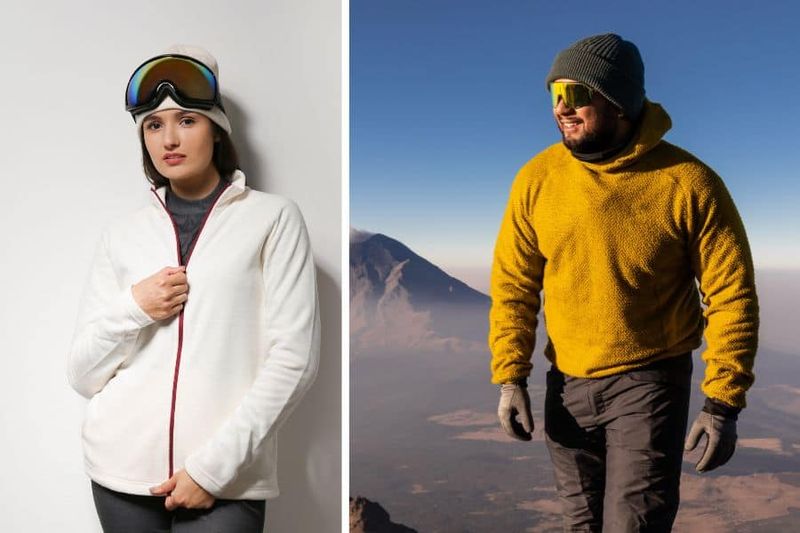
The secret to cold-weather comfort isn’t one thick jacket—it’s strategic layering. Your base layer wicks moisture away from skin, preventing the clammy chill that comes when sweat freezes. The mid-layer traps body heat in small air pockets, creating a personal climate system.
Your outer shell blocks wind and precipitation while allowing excess heat and moisture to escape. This three-part system lets you fine-tune your temperature by adding or removing pieces as conditions change.
Remember that proper layering means each piece should fit comfortably over the one beneath it without restricting movement or creating tight spots that reduce circulation and warmth.
2. Pick the right base layer (skip cotton)
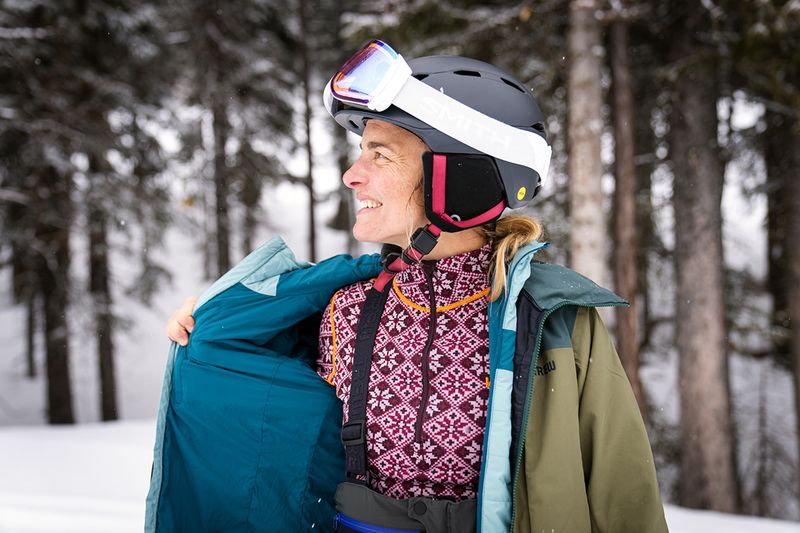
Cotton might feel soft against your skin, but it becomes your worst enemy in cold environments. Once damp from sweat or snow, cotton holds moisture against your skin, drawing away body heat and potentially leading to dangerous chilling.
Merino wool reigns supreme as a base layer material—it warms even when wet, fights odors naturally, and feels surprisingly soft. Synthetic options like polypropylene and polyester blends cost less while still moving moisture away from your skin.
For maximum comfort, look for flat seams and tagless designs that won’t rub or irritate when worn all day under multiple layers.
3. Use insulation strategically (down vs. synthetic)
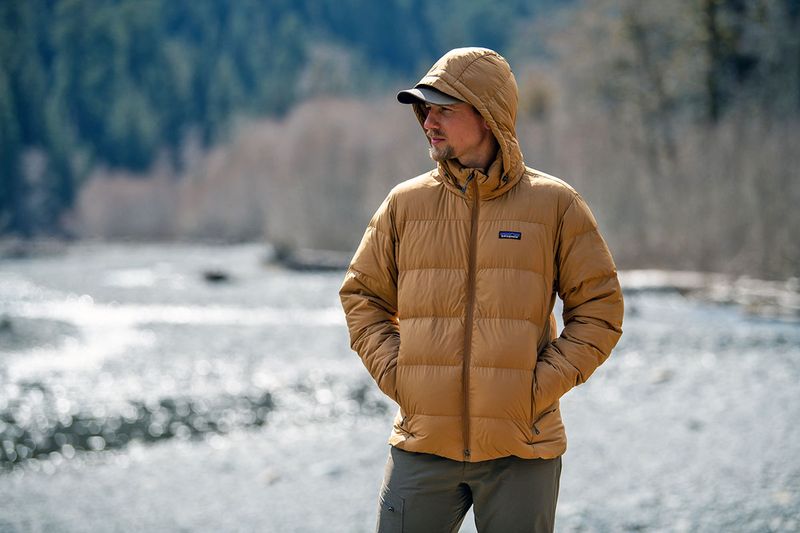
Down insulation creates magical warmth-to-weight ratios that packers love. Those tiny feathers trap incredible amounts of heat while compressing small enough to fit in a water bottle when packed. Higher fill power (600-900) indicates better quality down that provides more warmth per ounce.
Synthetic insulation shines when conditions turn damp—it keeps warming even when wet and typically costs less. Some travelers smartly pack both: synthetic for activities where moisture is likely and down for dry conditions.
Modern hydrophobic down treatments offer a middle ground, giving natural down better moisture resistance without sacrificing its compression advantages.
4. Make your shell do the hard work
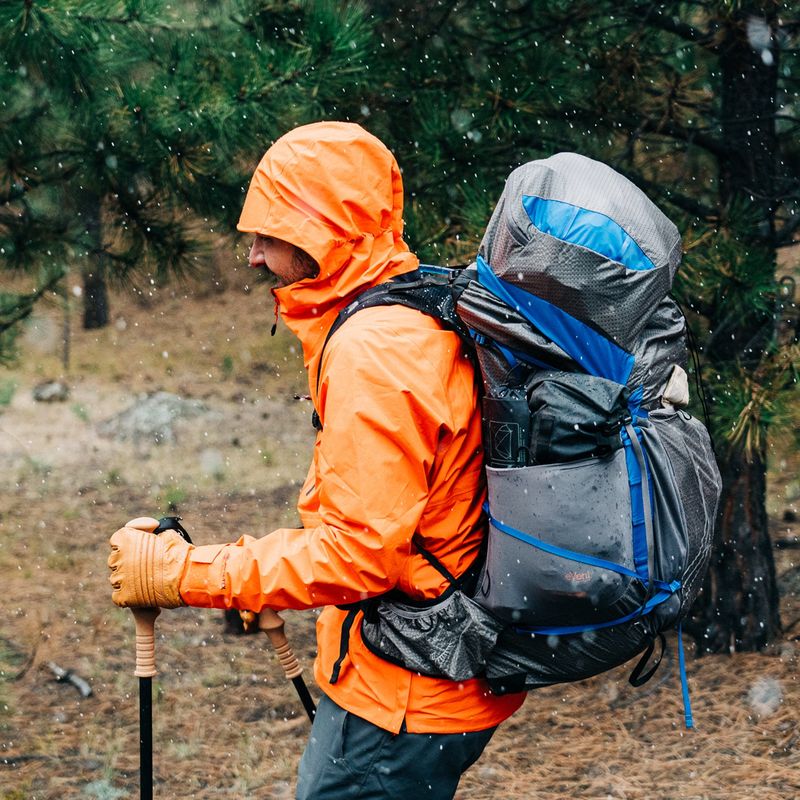
Wind strips heat from your body 25 times faster than still air. A quality shell jacket blocks this convective cooling while managing moisture coming from both directions—stopping precipitation from getting in while allowing body vapor to escape.
Look for shells with adjustable hoods that turn with your head, wrist closures that seal without restricting movement, and ventilation options like pit zips. The best travel shells balance weather protection with packability.
Modern shell materials achieve impressive breathability while maintaining water resistance, eliminating that clammy feeling older rain jackets created. For serious conditions, invest in Gore-Tex or similar membranes with proven performance.
5. Respect the wind chill
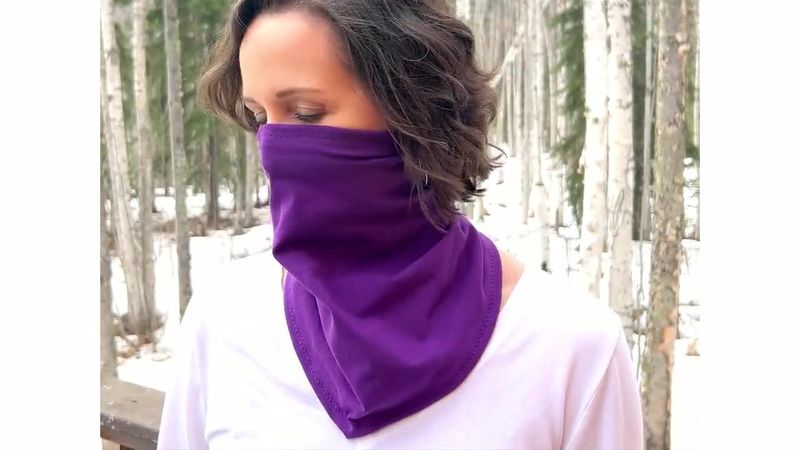
Wind transforms a manageable 30°F day into a frostbite risk by stripping away the thin layer of warm air your body creates. Your exposed face can suffer tissue damage in under 30 minutes when moderate winds combine with freezing temperatures.
Smart travelers check wind chill forecasts, not just temperatures, when packing for cold destinations. A simple bandana or neck gaiter pulled up over your nose creates dramatic comfort improvement in windy conditions.
Remember that wind intensifies at higher elevations, near large bodies of water, and between tall buildings in urban settings. Plan your clothing defense accordingly, focusing on complete coverage rather than just core warmth.
6. Vent before you sweat
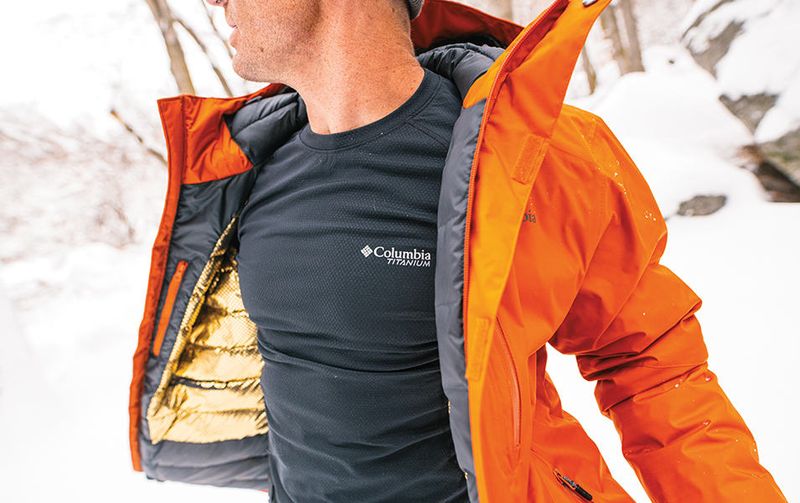
Overheating causes sweating, which leads to dampness, which ultimately creates bone-chilling cold once you slow down. Experienced cold-weather travelers constantly manage their temperature by adjusting zippers and removing layers before they start sweating heavily.
Unzip your jacket collar during uphill sections, then zip up before cresting the hill. Remove your hat temporarily if your head feels warm—it’s one of your body’s primary cooling surfaces.
Quality cold-weather clothing includes ventilation features like two-way zippers, underarm vents, and adjustable cuffs. Using these features proactively keeps your base layers dry, which is the true secret to staying warm throughout the day.
7. Mittens beat gloves (for pure warmth)
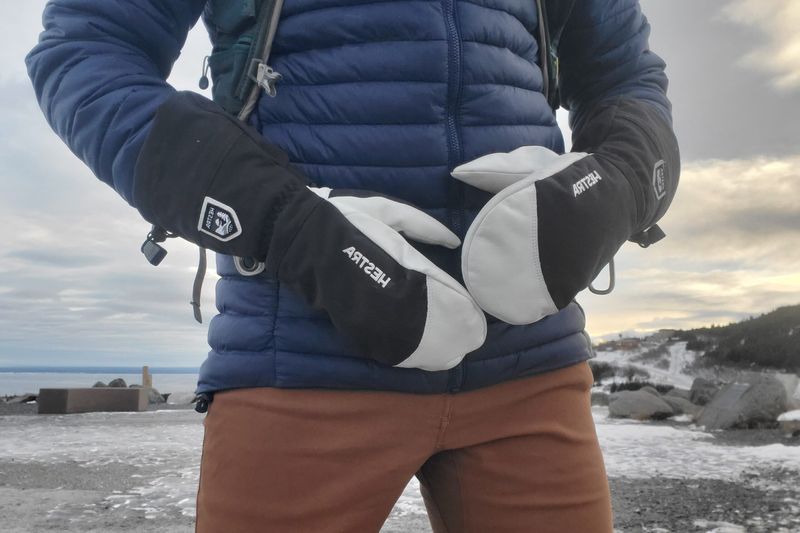
Your fingers generate heat more effectively when they share space rather than being isolated in separate glove compartments. Mittens create a mini sleeping bag effect, allowing fingers to warm each other while minimizing surface area exposed to cold.
The warmth advantage is significant—mittens can feel up to 15 degrees warmer than gloves in identical conditions. Many travelers use a hybrid approach: thin liner gloves under mittens provide emergency dexterity for quick tasks like checking phones or adjusting equipment.
Look for mittens with extended cuffs that overlap with jacket sleeves, eliminating the wrist gap that often leads to uncomfortable cold spots. Some feature zippered pockets for hand warmers during extreme conditions.
8. Lock down the “gaps”

Cold finds any opening in your clothing defense system. The most common vulnerable spots include wrists, ankles, neck, and the gap between hat and collar. Experienced winter travelers call these “heat leaks” and systematically eliminate them.
Neck gaiters serve double duty by sealing the collar gap and providing emergency face coverage when winds pick up. Longer gloves that overlap jacket sleeves prevent the dreaded wrist exposure that happens when reaching overhead.
Ankle gaiters stop snow from entering boots during deep powder walking. They also add surprising warmth by preventing cold air from circulating around your lower legs—a benefit even when there’s no snow on the ground.
9. Keep feet dry and warm
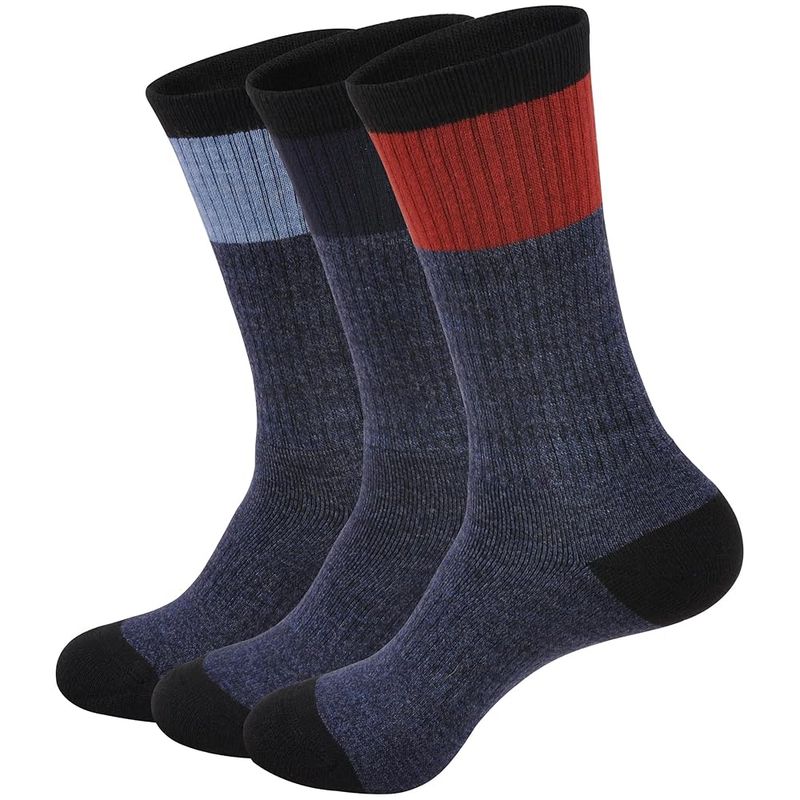
Cold feet can ruin an otherwise perfect winter day. Moisture is your primary enemy, whether from external snow or internal sweat. Wool socks (especially merino) continue insulating even when damp, unlike cotton which becomes worse than useless when wet.
Pack extra socks and change midday during active excursions. The instant comfort boost is worth the minimal pack weight. Proper winter boots should have waterproof lower sections and breathable upper materials.
Consider slightly roomier boots that accommodate thicker socks without compressing the insulating air spaces. Tight boots restrict blood flow and compress insulation, creating cold feet regardless of sock quality. A thin liner sock under a thicker wool sock creates an effective moisture management system.
10. Pack one ultralight “emergency” puffy
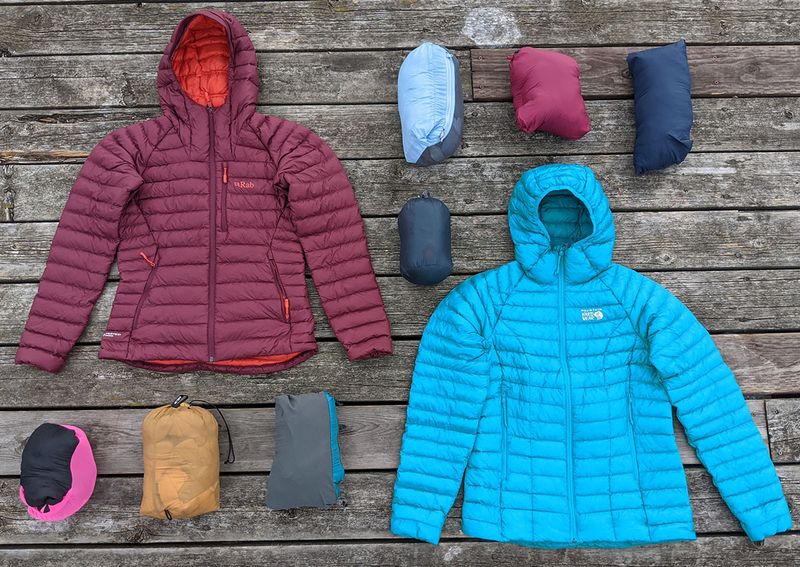
A packable insulated jacket might be the most versatile piece in your winter travel arsenal. Modern versions compress to water bottle size yet deploy instantly when temperatures drop or activities stop. This single item transforms your layering system for minimal weight penalty.
Keep it compressed in your daypack during excursions, ready for rest breaks when your body quickly cools. At night, it doubles as a pillow in hotel rooms or supplements inadequate bedding.
The best travel puffies feature simple designs without unnecessary pockets or adjustments that add weight. Look for models with insulated collars that seal heat around your neck and water-resistant outer fabrics that shed light precipitation without requiring a shell layer.
11. Hand warmers are travel-friendly (and TSA-OK)
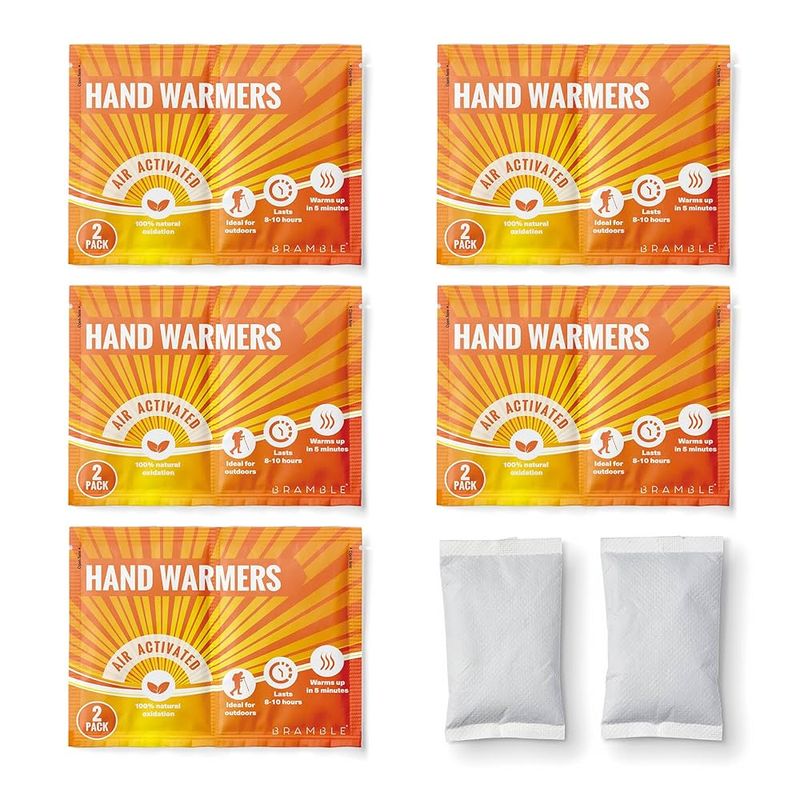
Those magical little packets that heat up when exposed to air qualify as travel essentials for cold destinations. Unlike many comfort items, disposable hand warmers are TSA-approved for both carry-on and checked luggage. They weigh almost nothing yet deliver hours of targeted warmth.
Strategic placement multiplies their effectiveness. Tuck them against wrists where blood flows close to the surface, warming your entire hand. Place them in pockets where cold-sensitive phones and camera batteries need protection.
Rechargeable electronic hand warmers offer eco-friendly alternatives with dual functions as power banks for devices. Just remember that their lithium batteries must follow airline power bank rules, typically meaning carry-on only with limited capacity.
12. Think “loose, layered, and dry” for safety
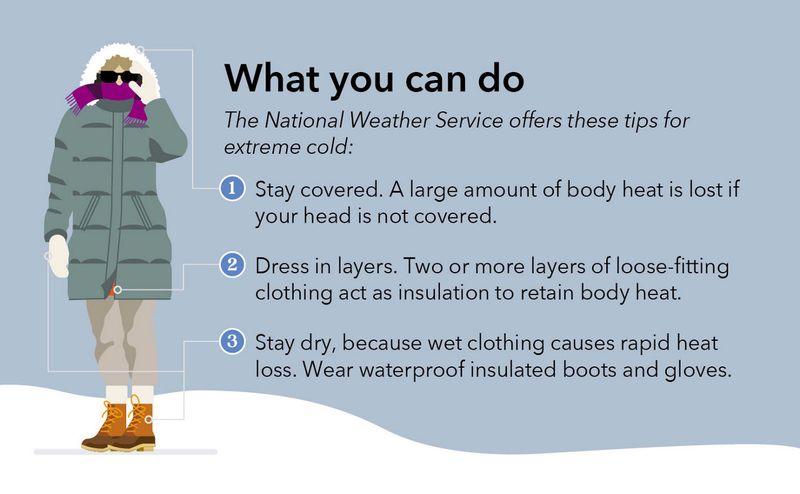
Cold-weather clothing isn’t just about comfort—it’s about safety. Hypothermia can develop rapidly when moisture compromises your insulation system. The mantra “loose, layered, and dry” reminds travelers of fundamental principles that prevent dangerous cooling.
Loose garments create insulating air spaces without restricting circulation. Blood must flow freely to extremities to prevent frostbite risk. Multiple thin layers trap more warmth than single thick ones while providing adjustment options.
Staying dry trumps all other concerns—changing out of damp base layers takes priority even when temporarily inconvenient. Pack spare socks and base layers in waterproof bags for critical backup. When traveling through varying conditions, anticipate temperature changes before they create dangerous sweat situations.

